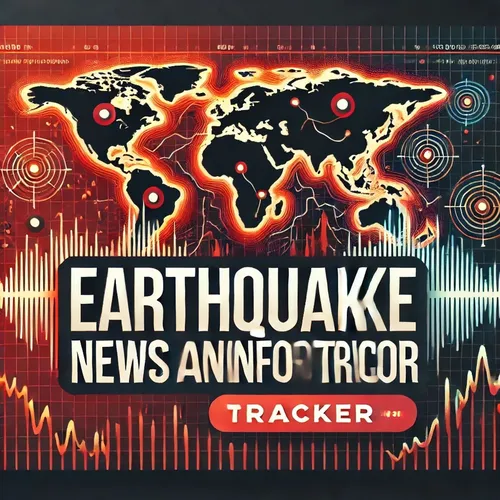"Magnitude 7.3 Quake Shakes Alaska, Cascades Swarm Monitored: Seismic Trends Across the U.S."
- Author
- Quiet. Please
- Published
- Wed 23 Jul 2025
- Episode Link
- https://www.spreaker.com/episode/magnitude-7-3-quake-shakes-alaska-cascades-swarm-monitored-seismic-trends-across-the-u-s--67090292
In the past week the United States has experienced several significant earthquake events, most notably the magnitude seven point three earthquake that struck southeast of Sand Point, Alaska on July sixteenth. According to the United States Geological Survey, this quake occurred just south of the Alaska Peninsula and was caused by strike slip faulting along the tectonic boundary in the region. The event did not result in major casualties but did cause notable ground shaking and was felt in several communities across the peninsula. This earthquake continues to attract attention from seismologists, who note its potential implications for ongoing regional seismicity.
Meanwhile, the Pacific Northwest has been experiencing an extended earthquake swarm near Mount Rainier in Washington state. The Pacific Northwest Seismic Network reports this swarm began on July eighth and has included hundreds of small earthquakes. Many of these have clustered at shallow depths beneath the mountain. Scientists are closely monitoring the swarm, as repeated small earthquakes, especially those with similar waveforms, may indicate patterns of stress shift or possible volcanic activity, though there is currently no evidence of imminent eruption. The majority of the quakes have been minor and there have been no reports of significant damage or injuries. The ongoing research into this swarm may eventually enhance our understanding of how such seismic activity relates to volcanic systems in the Cascades.
Elsewhere in the United States, minor earthquakes have also been reported in Northern California with magnitudes typically below three point zero. According to reports from both the United States Geological Survey and EarthquakeTrack, these are considered routine for the region and reflect the persistent background seismicity of California’s numerous fault zones.
Globally, there have been several major earthquakes in the past seven days. The most powerful was a magnitude seven point four earthquake that struck the Kamchatka Peninsula in Russia on July twentieth. This event triggered a series of aftershocks along the Kuril-Kamchatka Trench, a tectonically active region. Similarly, moderate to strong earthquakes have been recorded in locations including Kazakhstan, the Philippines, and near the south of Fiji Islands according to both EarthquakeTrack and the British Geological Survey.
Seismologists have observed that while major quakes like those in Alaska and Kamchatka command attention, there is also an emerging pattern of intense aftershock sequences and earthquake swarms in tectonically active regions, such as Alaska and the Cascades. These patterns are crucial for refining hazard models and improving early warning systems. So far, there have been no reports of catastrophic earthquake damage in the United States this week, but the ongoing activity underscores the persistent seismic risk across the western United States. Scientists continue to emphasize the importance of vigilance, preparedness, and ongoing research in areas prone to seismic hazards.
Some great Deals https://amzn.to/49SJ3Qs
For more check out http://www.quietplease.ai
